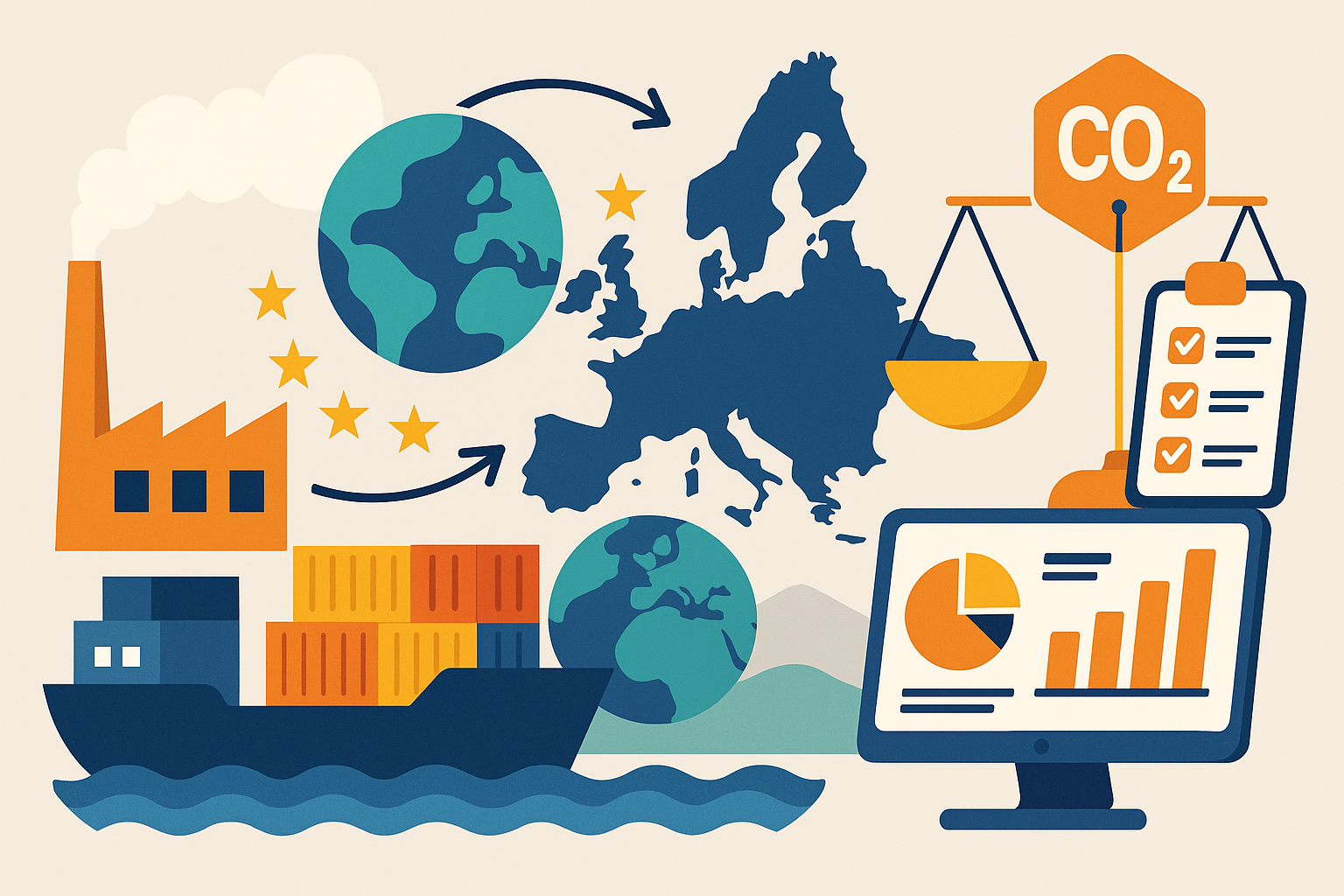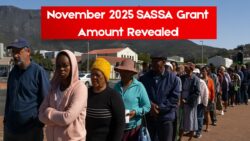CBAM in a Nutshell
CBAM applies a carbon price to certain imports into the EU, mirroring the cost EU producers face under domestic climate policies. Initial coverage centres on high-emitting sectors such as iron & steel, cement, aluminium, fertilisers, electricity, and hydrogen (expansion possible). Compliance hinges on verified product-level emissions data and credible monitoring, reporting and verification (MRV).

Why It Matters for Developing Economies
- Margin pressure: Embedded carbon costs can erode price advantages if emissions are high or data is weak.
- Market access: EU buyers may favour suppliers with robust MRV and decarbonisation plans.
- Finance implications: Lenders are assessing transition risks across trade portfolios.
Core Compliance Requirements
Exporters must calculate and report direct process and energy emissions per product, using approved methods and verifiers. Where data is missing, default factors—often higher—may apply. Aligning plant-level measurements with product system boundaries (e.g., slabs vs. coils, clinker vs. cement) is critical.
High-Risk Hotspots
- Data gaps: Incomplete metering, missing supplier footprints, and inconsistent baselines.
- Energy mix: Coal-heavy electricity inflates embedded carbon; PPAs and RECs can help.
- Supply chain: Upstream inputs (e.g., lime, ammonia) can dominate footprints.
Seven Practical Steps to Get CBAM-Ready
- Map products & HS codes: Confirm which lines fall under CBAM today and potential future scope.
- Build an MRV stack: Install meters, define boundaries, collect activity data, and select calculation methods.
- Secure verification: Engage accredited verifiers; run a pilot audit on a flagship product.
- Lower the footprint: Switch to lower-carbon fuels, boost energy efficiency, and green your power.
- Document suppliers: Request primary data and improvement plans from upstream partners.
- Price scenarios: Model CBAM pass-through under different carbon prices and exchange rates.
- Engage policymakers: Advocate for domestic carbon pricing and revenue recycling to retain proceeds and fund decarbonisation.
What Buyers Want to See
EU customers increasingly require auditable product footprints, decarbonisation roadmaps, renewable-energy sourcing evidence, and clear governance for data quality.
Bottom Line
CBAM is a data and decarbonisation challenge. Exporters that invest early in MRV, energy transformation, and supplier engagement can protect market share and unlock green-finance opportunities highlighted at GCET25.




